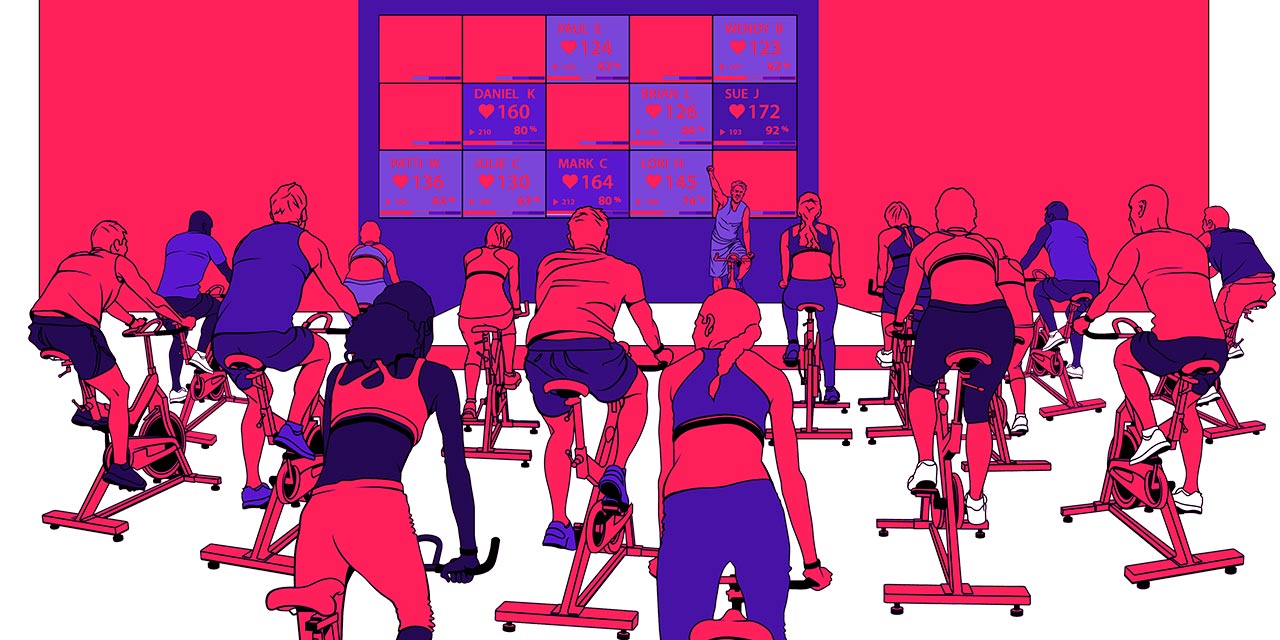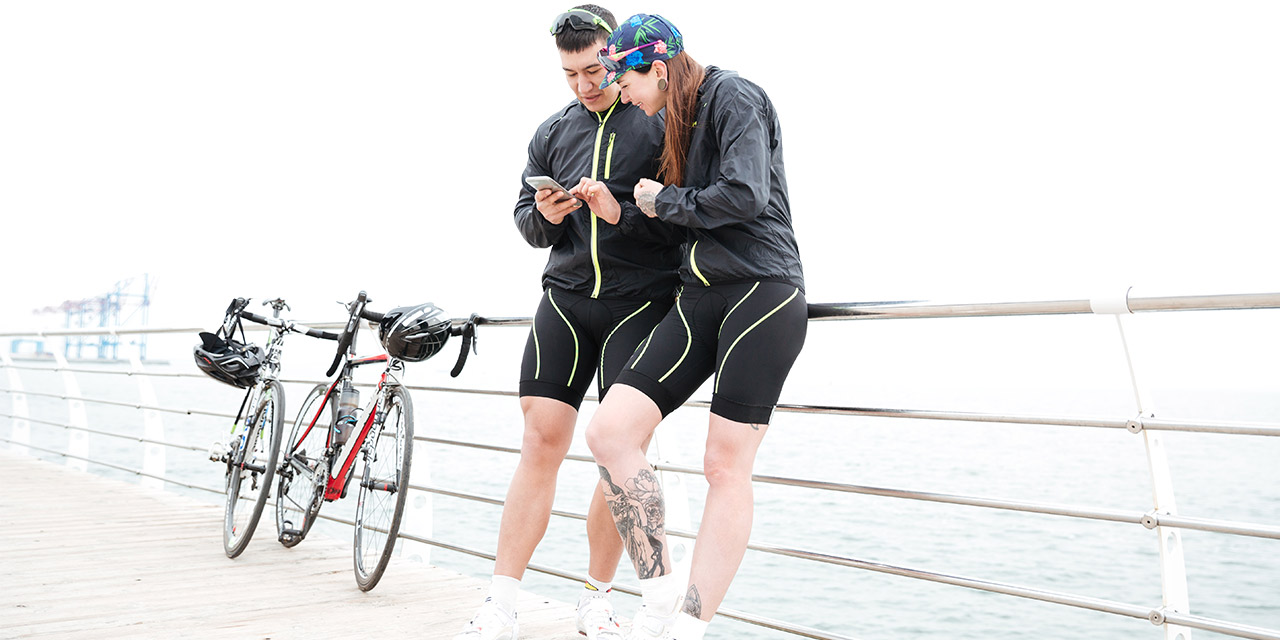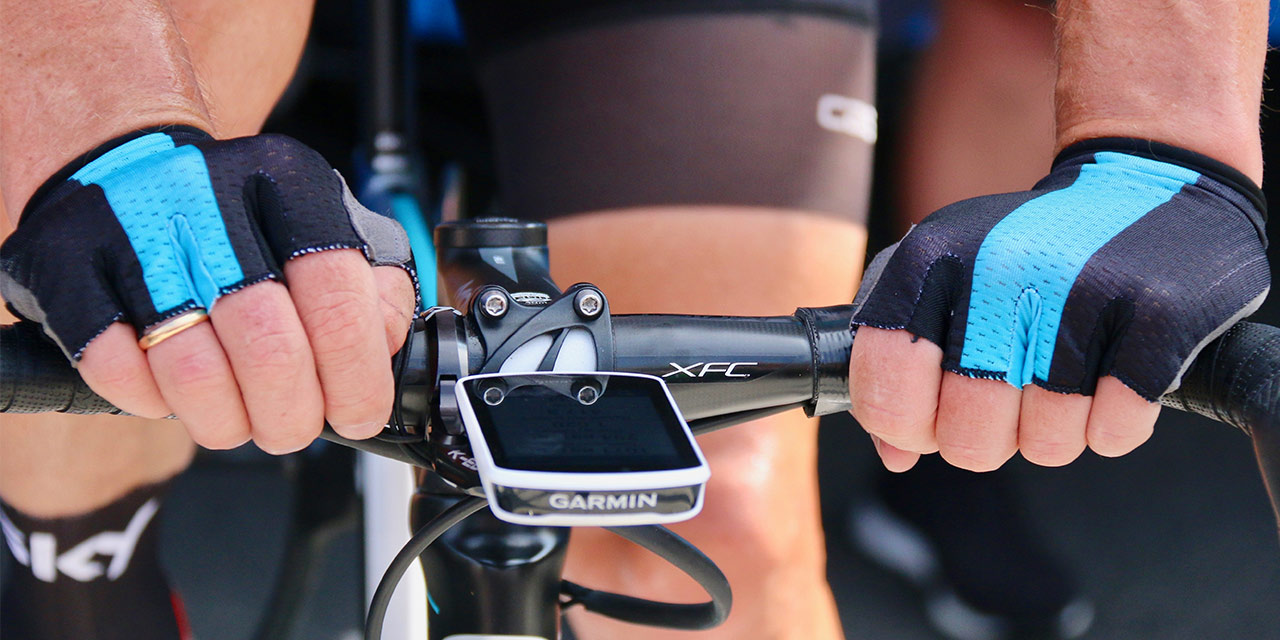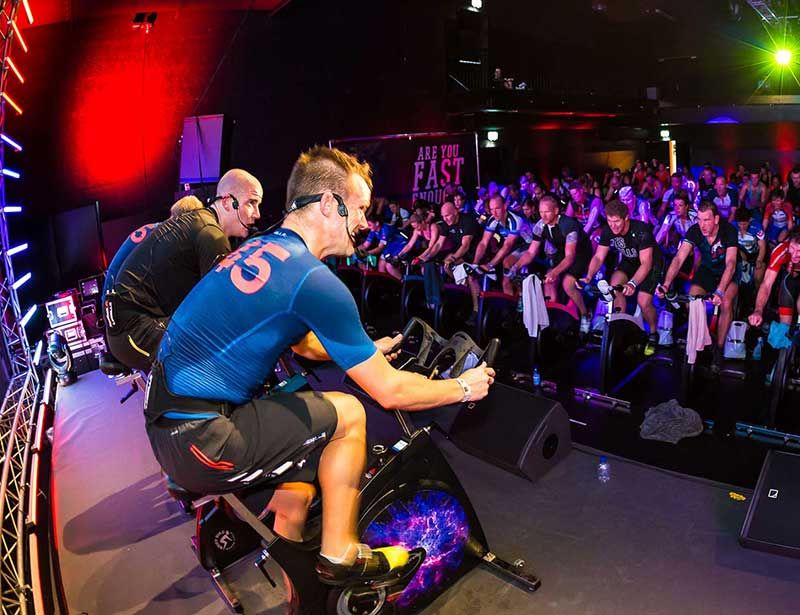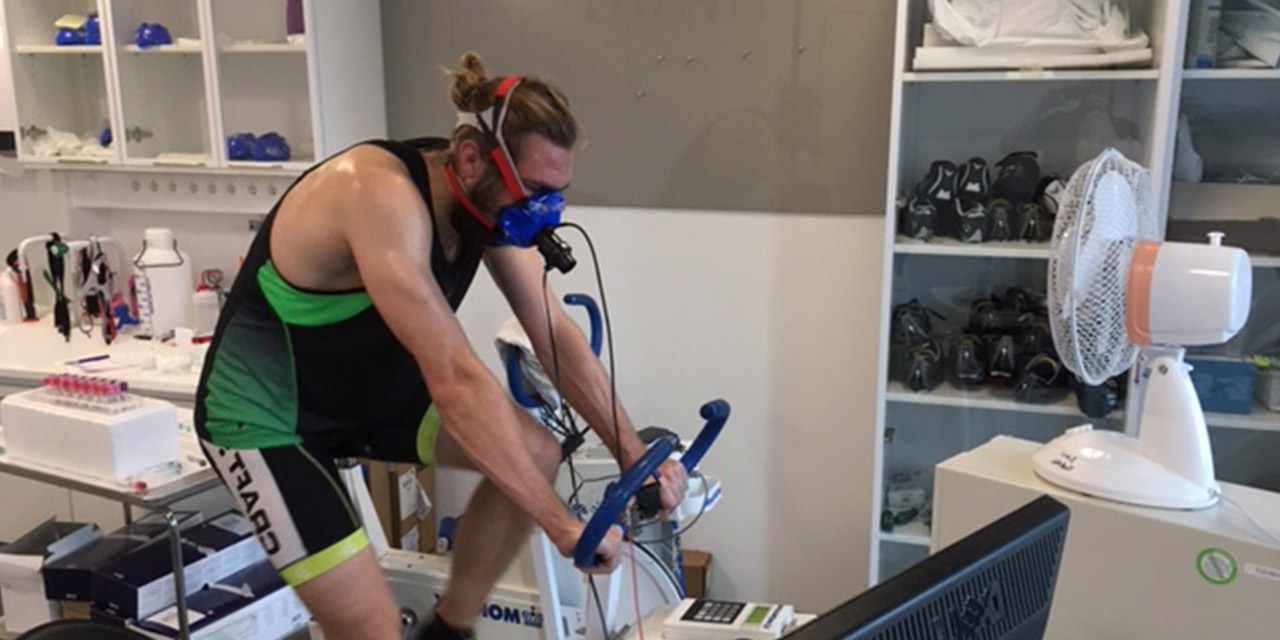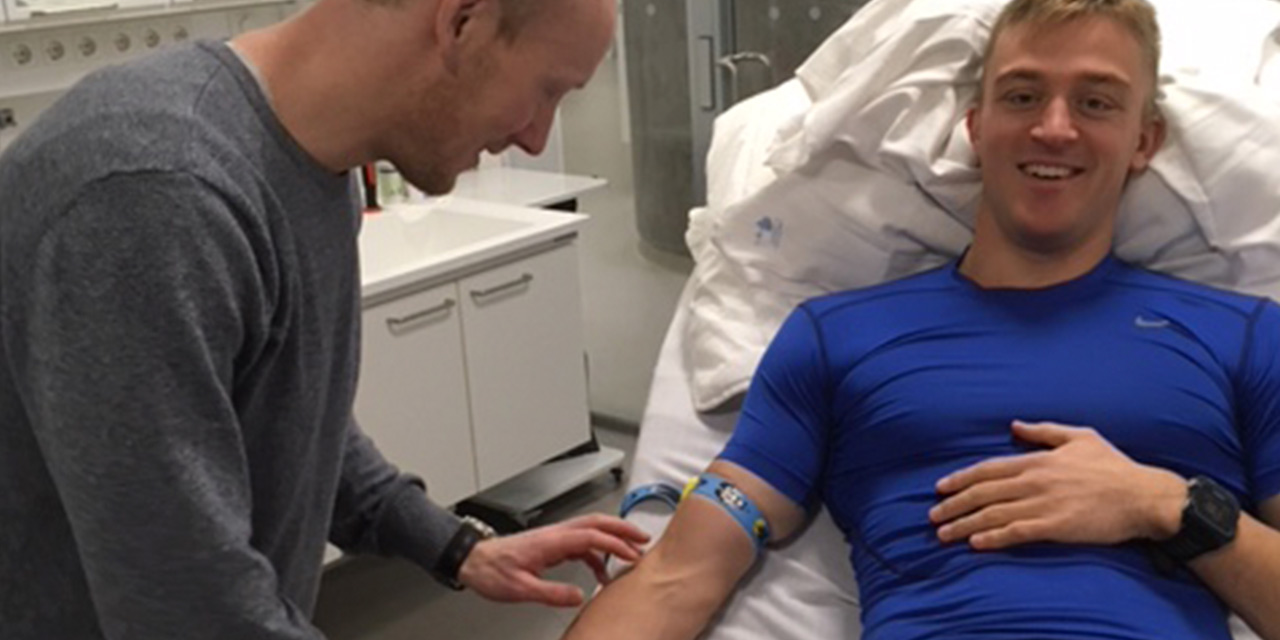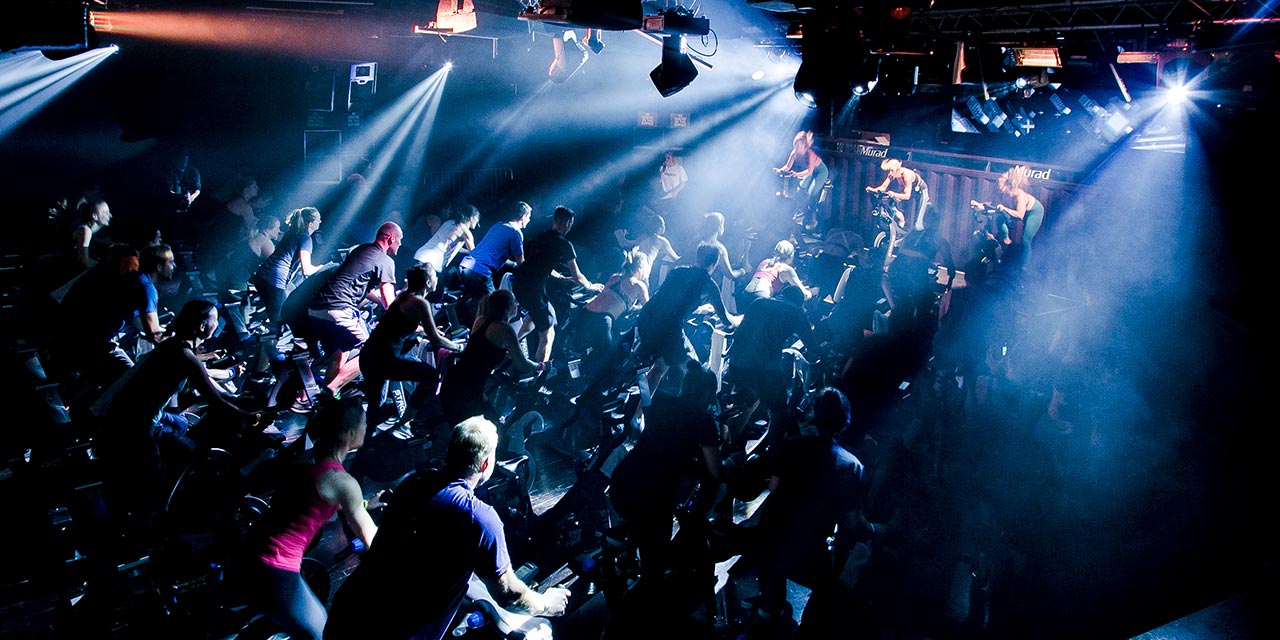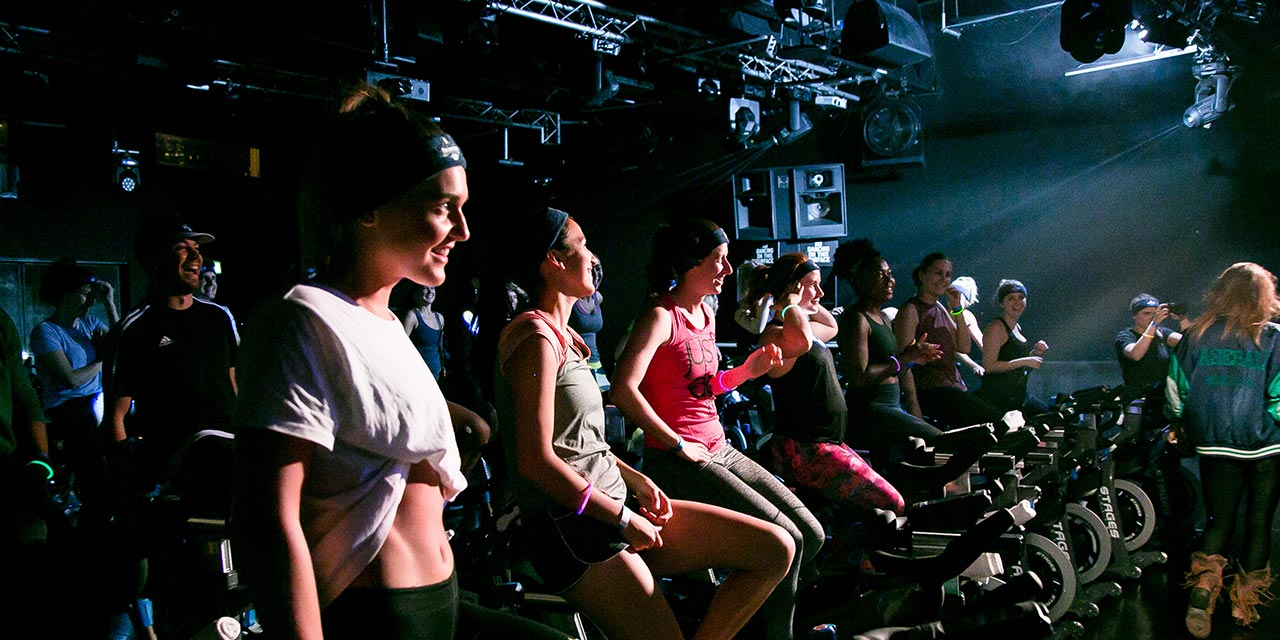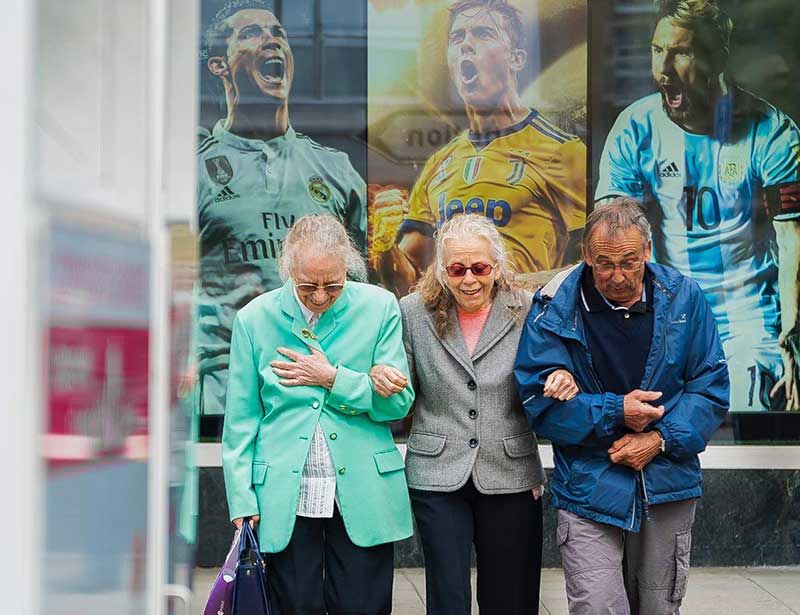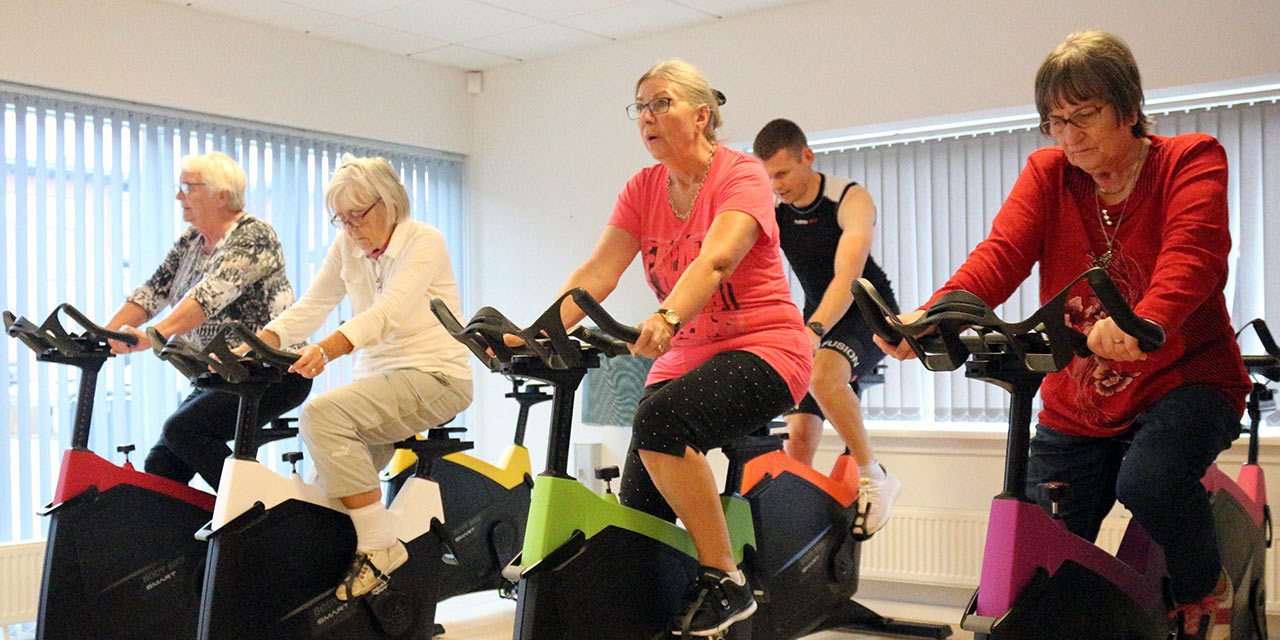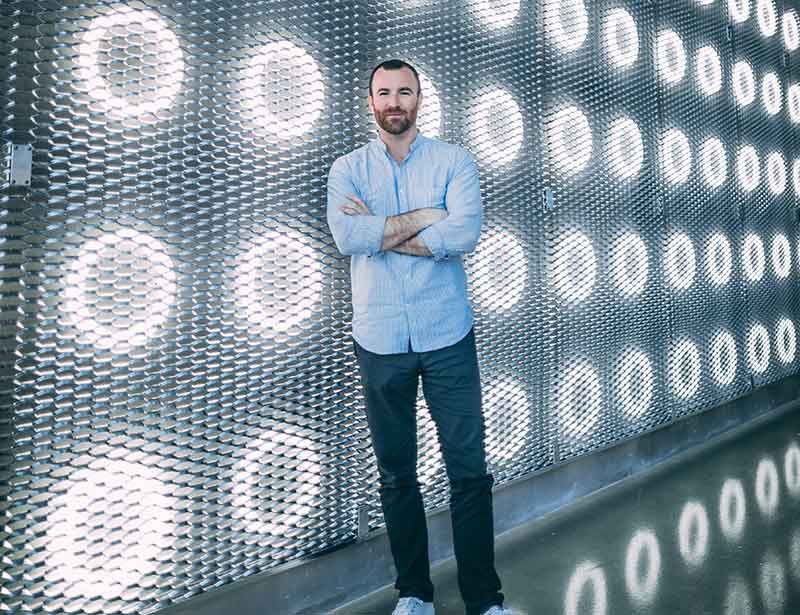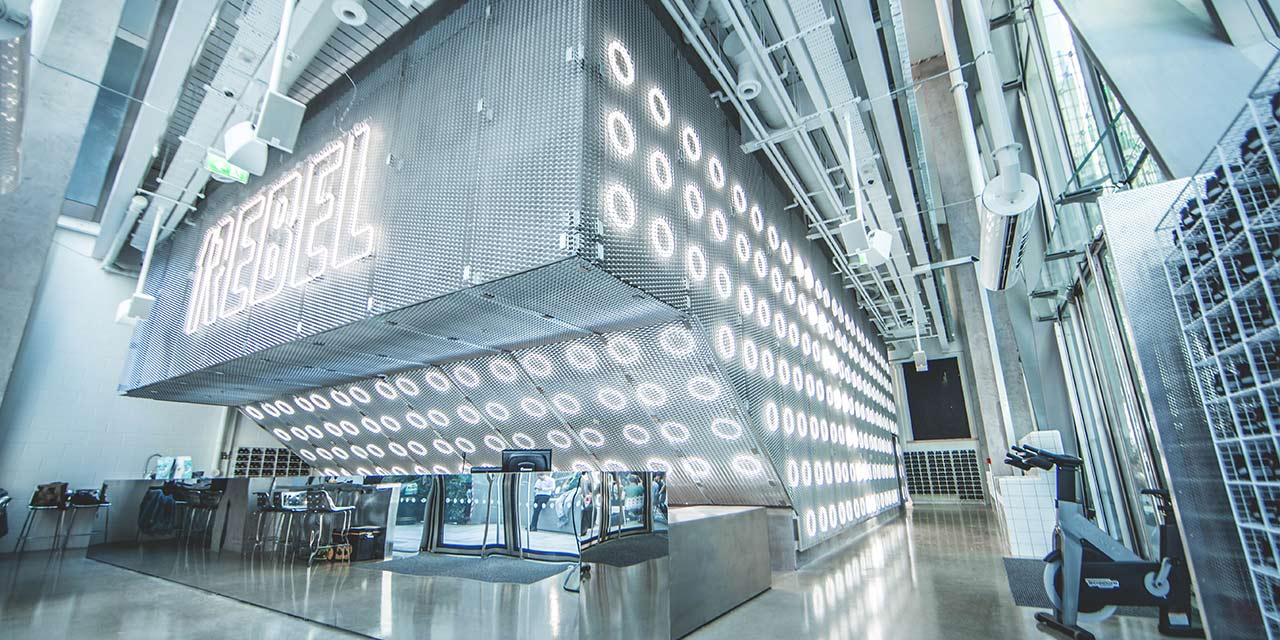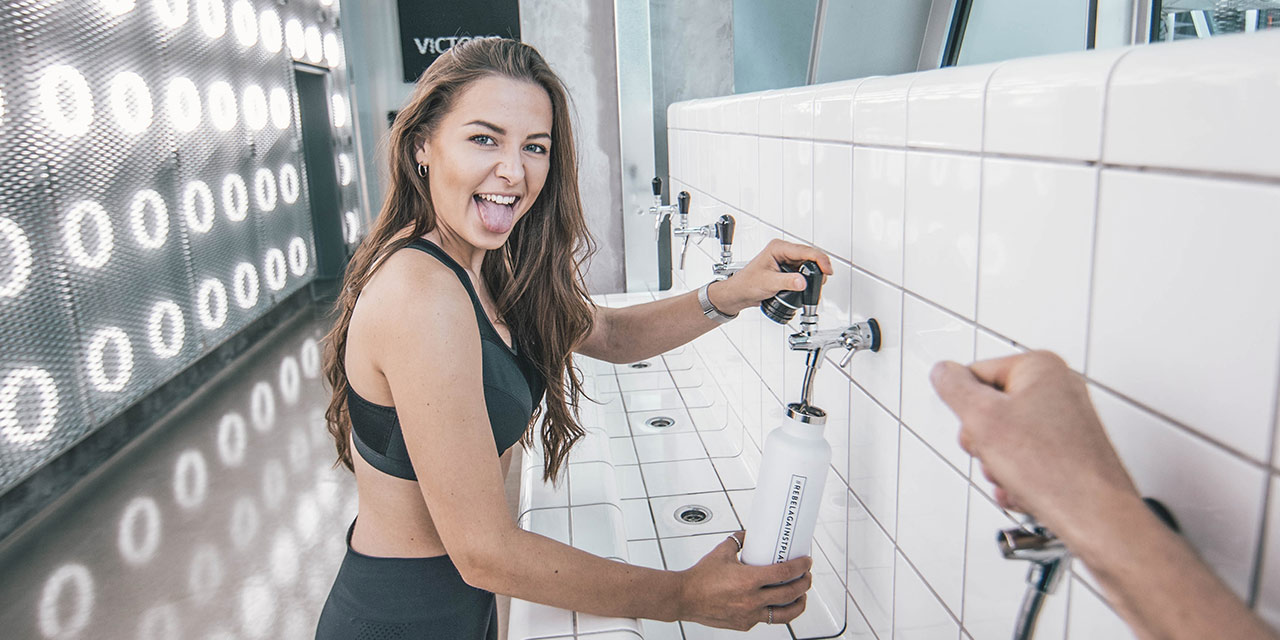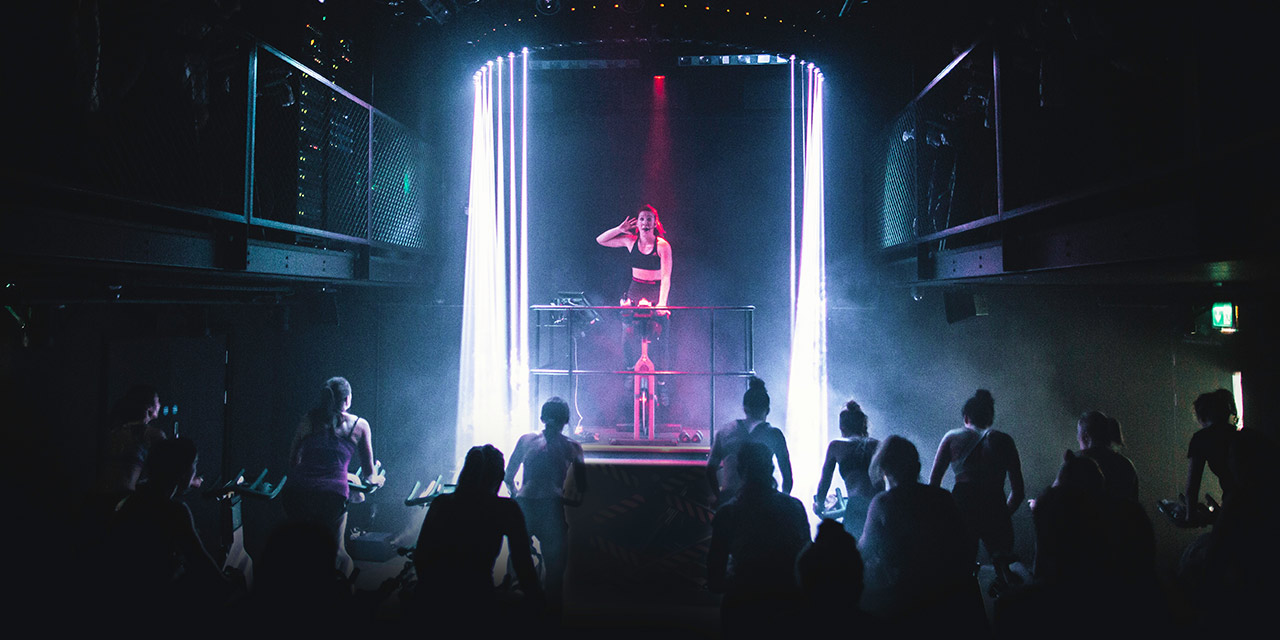The power of the Brand
A simple but crucial question: why is it important to have a brand?
The market is so full of choice nowadays that the consumer is in charge. Why should they choose you rather than your competitor? What makes you different? What makes you stand out?
In the end, product attributes can be copied – a club could open up down the road offering exactly the same as you, for a cheaper price, and you’ll lose customers. But a brand can’t be copied; if someone tries, people recognise it as a rip-off and the imposter not only fails to have the same impact as the original, but it actually loses credibility.
So, what makes a brand? Put simply, a brand is created when you go beyond a rational, product-based relationship to develop an emotional connection with the customer – and the impact is incredibly powerful. There is, quite simply, no limit to the involvement a consumer will have with a brand they feel attached to personally – even in the face of competition.
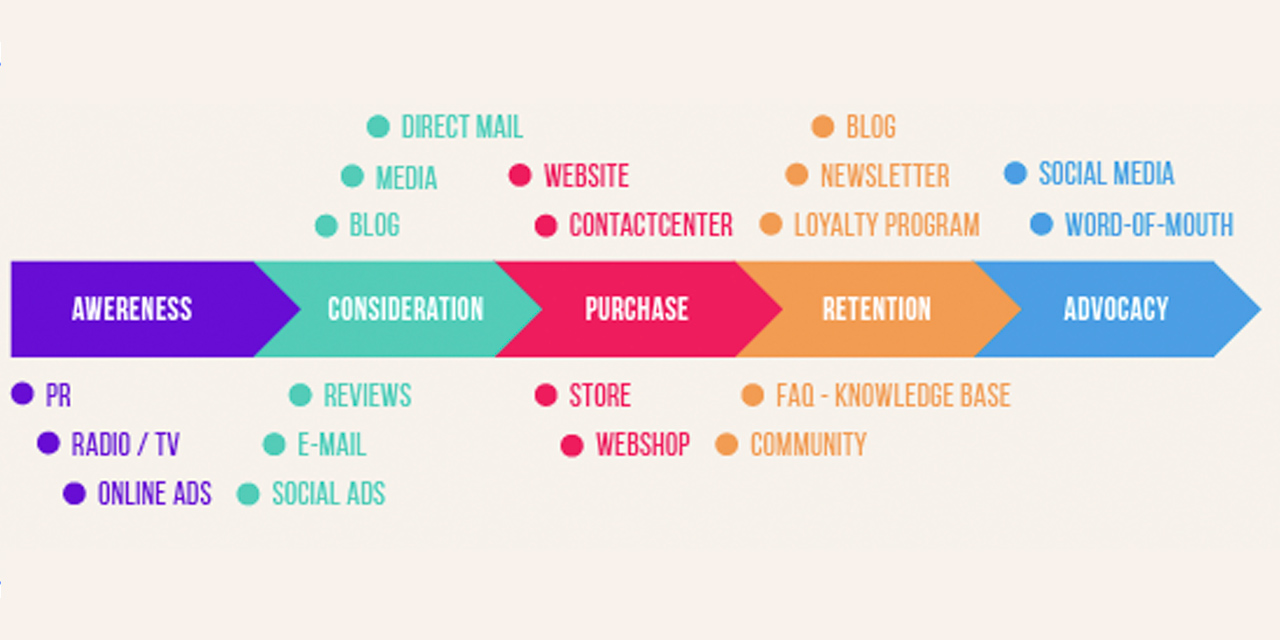
You then need to distil the essence of this brand – what you stand for – and take it across every touch point of your business. It isn’t just the obvious stuff either, such as your logo and your advertising. Your handshake, your coffee, the invoice you send out… this is all branding too.
As Amazon founder Jeff Bezos says: “Your brand is what people say about you when you’re not in the room.”
How does Fitbrand help businesses build brands?
A brand is a comprehensive experience that communicates to your audience who your company is – and we can help with all of it. However, we don’t execute all of it: our role has become increasingly strategic over the last few years, often creating entire brand identities from scratch.
We kick off with in-depth discussions with the client to understand their needs, their goals, their target audiences. Where budget allows, we will also do some consumer research to create target market personas, as this allows the brand to be crafted around its end users.
Crucially, though, we’re there to help clients understand that it takes more than an Instagram account to become a brand. We believe the measure of a brand is its long-term visibility, which takes strategy and an ability to set clear goals.
The big challenge in the fitness sector is that many businesses have failed to realise the role of the brand. They still believe their businesses will grow through a sales-focused approach. Our mission is to challenge this mindset.
What sort of businesses do you work with?
We work with all sizes of business, from larger corporates to personal trainers who are looking to set up their first studio. Indeed, what’s interesting nowadays is that, thanks to social media, personal brands can be as strong as business brands – individual fitness trainers, for example, can become brands with huge, loyal fan bases.
We believe the measure of a brand is its long-term visibility, which takes strategy and an ability to set clear goals.
Sometimes people come to us with a clear idea of what they want to do, in which case it’s our role to challenge their thinking. Other times, particularly for the independent start-ups, our role is more of a knowledge provider. But with all clients, I like there to be a discussion – I don’t just want them to sit back and agree with us. Challenging each other makes the process more interesting and leads to better outcomes.
But I do have one non-negotiable, and I immediately establish whether potential clients meet this by asking two important questions: what’s your motivation, and what do you see as Fitbrand’s role in all of this? If we see that people are driven by passion, we’ll work with them. If, on the other hand, we feel they’re driven by unrealistic expectations, we won’t work with them as we know success will always prove elusive for them.
Is there one universal piece of advice for all businesses looking to build their brands?
To understand what you need to do to become a better brand, you first have to appreciate what’s going on in the world. Read – and by that I don’t just mean short snippets of information on social media. Really try to understand your target market and the world in which they live.
Then, once you’re assessing your business, don’t only try to improve an existing concept. Think out of the box, embrace the new… and remember, if you aren’t online, you’ll never be the brand you want to be.
But at the same time, don’t try and embrace things that aren’t true to you. Don’t copy anyone else. Do what you’re best at and create a niche for yourself. That’s when people will believe in you and follow you, because you’re doing something credible.
One great example is the personal trainer in the south of Holland who works with dog owners, training them with their dogs. He’s been very successful in creating a strong personal brand because he stands for something differentiated, he’s found a niche he’s passionate about, and he’s good at what he does.

How do personal brands work?
Social media has given individuals a route to market, allowing them to become brands in their own right. It’s why Equinox in the US was recently able to launch an agency for social media influencers: brands now pay for these influencers to promote their products.
This trend impacts the club environment too. Let’s take a group cycling class for example: get the right instructor in there – a star trainer – and the class will be packed. It might be exactly the same programme as another instructor delivers, but the power of the star trainer’s personal brand draws the crowds.
This is therefore the main piece of advice I’d offer all club and studio operators: Hire the very best staff you can afford, because fitness is a people business. It’s just about the worst-paid industry in the world, and the hardest part of branding is getting the right people for the right price – but if you get it right, your brand will build on the strength of their connections.
A bit of advice, too, for any individuals looking to develop their own personal brands: don’t use digital comms to show yourself off. There’s so much narcissism on social media. Instead, use social media to connect with people: show how your clients succeed, share knowledge, give away information to show people you have their interests at heart. Educate your followers and give them a reason to believe in you.

In fact, the same goes for bigger brands too. If you’re a health club chain, appoint social media managers who understand that content should first and foremost be good for your members, not good (i.e. promotional) for you.
And be patient: it takes time to build emotional connections. If you feel you don’t have enough Twitter followers, the problem isn’t them – it’s you. People won’t be interested in you until they know you and what you can do for them: you have to have something to say, and it has to be something they want to hear.
Once you’ve developed a brand, then what – is it up to the client from then on?
Fitbrand doesn’t do all the execution, but we do provide brand manuals for ongoing reference.
We’re also launching a new service next year – a brand coaching system – that will keep us strategically connected to our clients on an ongoing basis. Every month, we’ll meet for two hours to discuss their vision for the future, their goals, their challenges, anything they’re working on where we can help make them a better, more entrepreneurial brand.
This is really important, because branding isn’t something you can put in an algorithm and predict the outcome based on what you’ve done – there are always external factors at play, and you have to continually re-assess and respond to protect and progress your brand.
We’ve already been working in this way with some clients – BODY BIKE, for example – but this will be our recommended approach for all clients going forward. It will allow us to re-set clients’ mindsets on a regular basis, helping them stay on-brand even as they navigate new challenges, and encouraging them to stay thinking creatively.
we transformed BODY BIKE from being a factory into being a brand.
Tell us more about your work with BODY BIKE…
We’ve been working with them properly for about five years. When they approached us, they had a great reputation but were too focused on the process of building their bikes. They hadn’t really paused for breath to recognise the value of their company.
We identified some strong USPs – the fact the bikes are hand-made in Denmark, for example – and came up with slogans like “Your Bike, Your Ride”. We put together special events and support packages for the launch of their new bikes – marketing assets that were used by distributors and clubs. It was so successful that they had to bring in more people to meet the demand for the bikes.
In brief, we transformed BODY BIKE from being a factory into being a brand.
Are there any other fitness brands out there that you particularly admire?
SoulCycle is quoted so often, but it really has done a great job of telling a story and building a brand. People say indoor cycling is dead, but it isn’t at all – it’s just about branding it in the right way, making it fun and delivering a full experience around it. That’s what SoulCycle has done so well.
The other thing SoulCycle has done is recognise that the strength of its brand rests firmly on the shoulders of its instructors. They are the stars and the secret of SoulCycle’s success – and the business realises this and pays them very well.
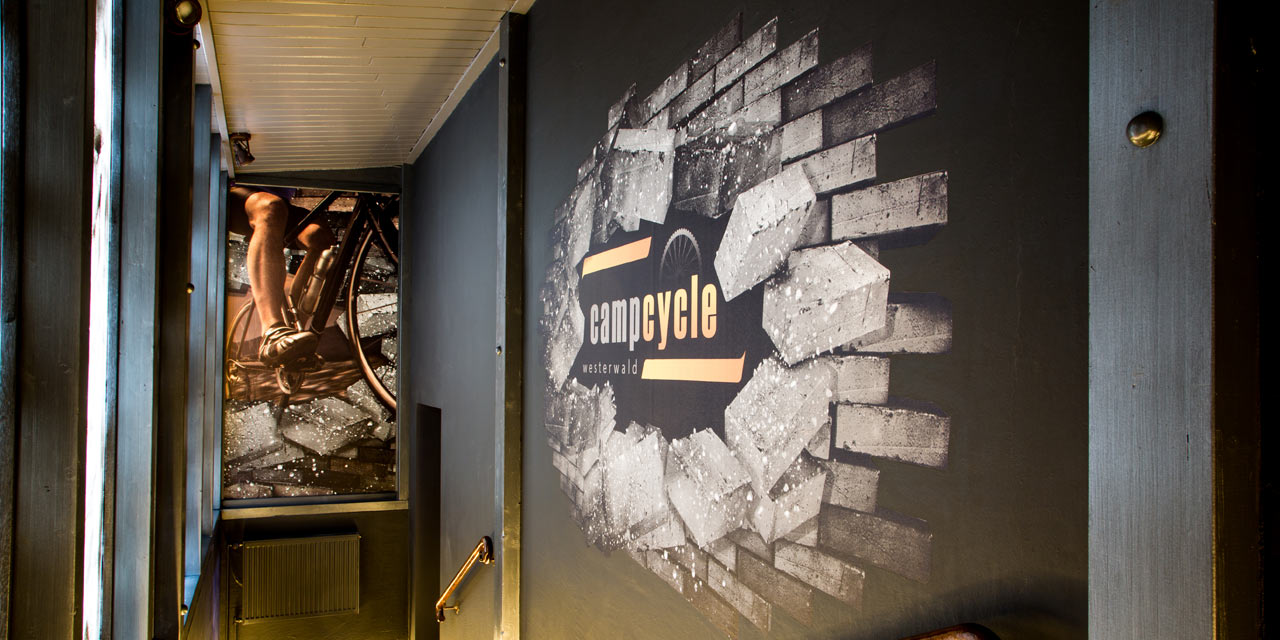
Other notable brands include Roo Cycle in the Netherlands. It’s focused on the environment – no plastic bottles sold in its studios, for example – which is something its audience cares about. It also shares lots of posts on social media around nutrition, rest, rehab and so on – they don’t talk about themselves, but instead share knowledge freely to improve the experience of those cycling with them.
Meanwhile, UK boutique operator 1Rebel did some great work in understanding its millennial target market. Its product and brand absolutely reflect this, from the lighting and music to the brand’s tone of voice and use of social media; many others are now trying to imitate it.
What would be your advice to a full-service club wanting to improve its cycling offering?
Develop club-in-club concepts. Take each individual space in your club – your cycling studio, but also your yoga studio, functional training space and so on – and make them so awesome and so distinctive that people will pay extra to use them.
But don’t just see this as a revenue driver. See it as a brand-building project too – an opportunity to broaden the appeal of your business by creating standalone brands that appeal to new target groups. Fitnesscamp Westerwald in Germany is a great example: by totally reinventing its cycling studio environment and hiring star instructors, it motivated whole new groups of people to become fans of its brand.
Ultimately, make your cycling offering a great, customer-centric experience from start to finish, so it’s something people talk about and share. This word of mouth will also play a huge part in further building your brand.
And what about the boutiques – any areas in which they could do better?
Boutiques have done a great job of finding their niche, and I believe more and more niches will open up as interest in health, fitness and lifestyle continues to grow – there will be plenty of opportunities here for studios and personal trainers alike.
However, most boutiques remain too salesfocused. They’re doing well at filling classes, but they still haven’t done enough to really embed their brands and protect themselves from becoming commodities.
My view is this: These boutiques need to do even more to build communities. This is where true brand strength and loyalty is built.



